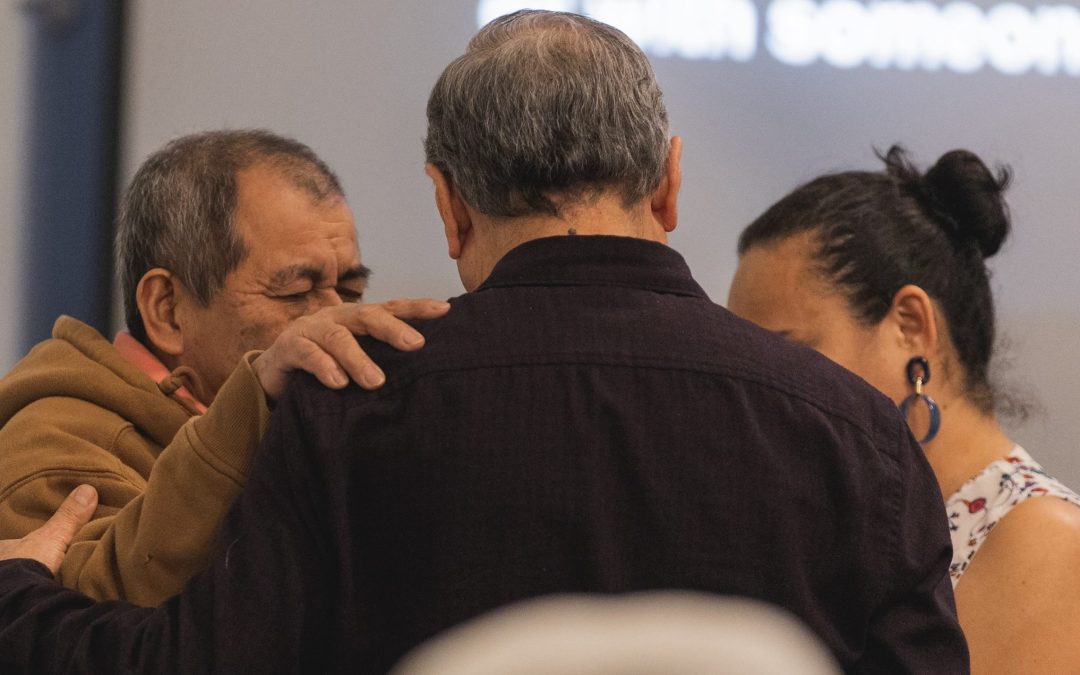
The One Voice Care Ministry
Click here to learn more
The Lord created us to be in real, deep relationships with one another. We all need to know who we can talk to about our sin and our struggles. We need to weep and rejoice with our brothers and sisters, and help one another when life gets hard.
These kinds of deep relationships can be formed in many ways at OVF: On Sunday nights in the classroom, during dinner, and in worship. Life Groups are one of the best places to build deep friendships with a small number of people. We also connect with one another in women’s and men’s prayer meetings, and during annual retreats and picnics.
However, even with all these good activities, people can feel unknown, overlooked, forgotten, or alone. Our Care Ministry is based on biblical principles, with the goal of actively praying for the congregation, seeking the help and power of the Good Shepherd as He works among us.
The vision of the OVF Care Ministry is “to strengthen and encourage each other in the faith, through prayer and personal Christian relationships.” We want everyone in the church to be known, and also to know where they can turn when they need help.
Every member of One Voice is assigned to a care group. We also include anyone who has been regularly attending our church for three months or longer. Each group of 25-30 people is assigned to a Care Team. Each Care Team is led by an elder with other godly men and women who are OVF members. These leaders cannot meet all your needs, and they are not professional counselors or therapists. Prayer is the focus of their ministry.
Goals for the OVF Care Ministry:
- Cover church members in prayer.
- Help members feel seen, known, and connected to the leadership and others at OVF.
- Monitor the congregation, to see who is disconnected, wandering from God, or hurting.
- Provide you with someone you can call for help or prayer.
- Direct you to other sources of help when necessary.
The Care Ministry does not replace Life Groups. If you are not in a Life Group now, please talk to us about that. Life Groups are the best place to give and receive help and encouragement.
Caring for the entire church is the work of the entire church. We all need a network of relationships as we face the challenges of life. Your Care Team leaders are one part of that network. We are here to pray for you, and who you can contact when you need help.
You can learn about the biblical basis for our Care Ministry by watching or reading this sermon.
If you have any questions, please ask one of the men or women on your Care Team! If you don’t know who your Care Team leaders are, contact our church administrator:
sooyeons.hanovfchurchonevoicefellowshiporgcom

